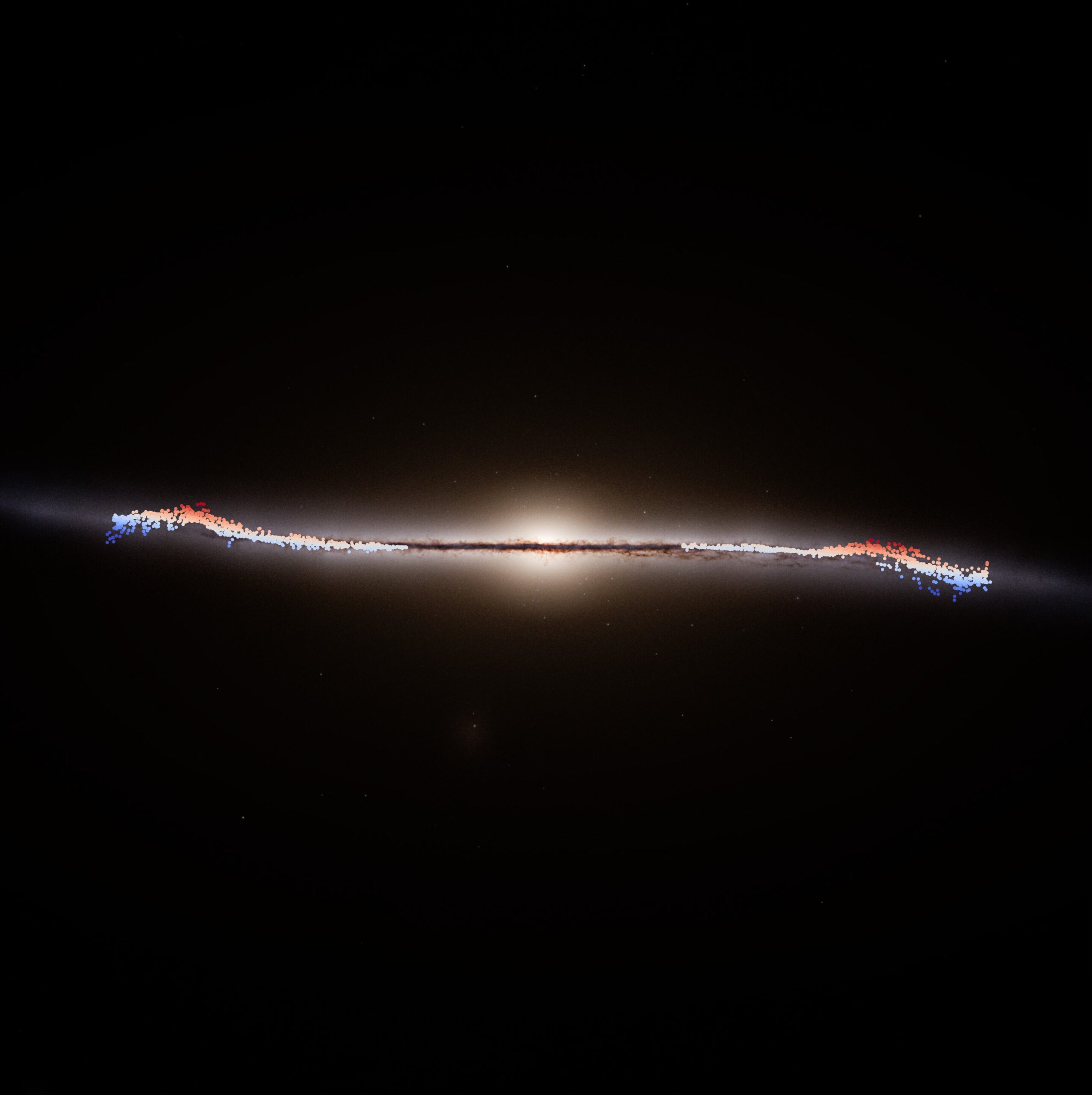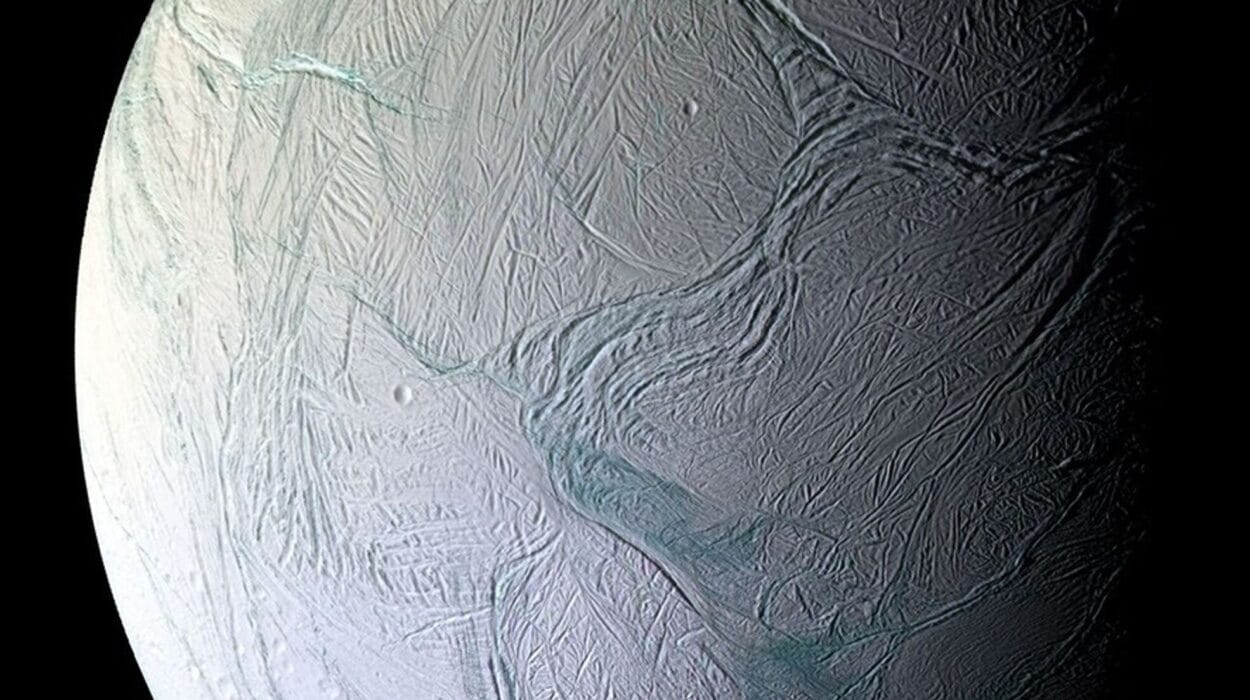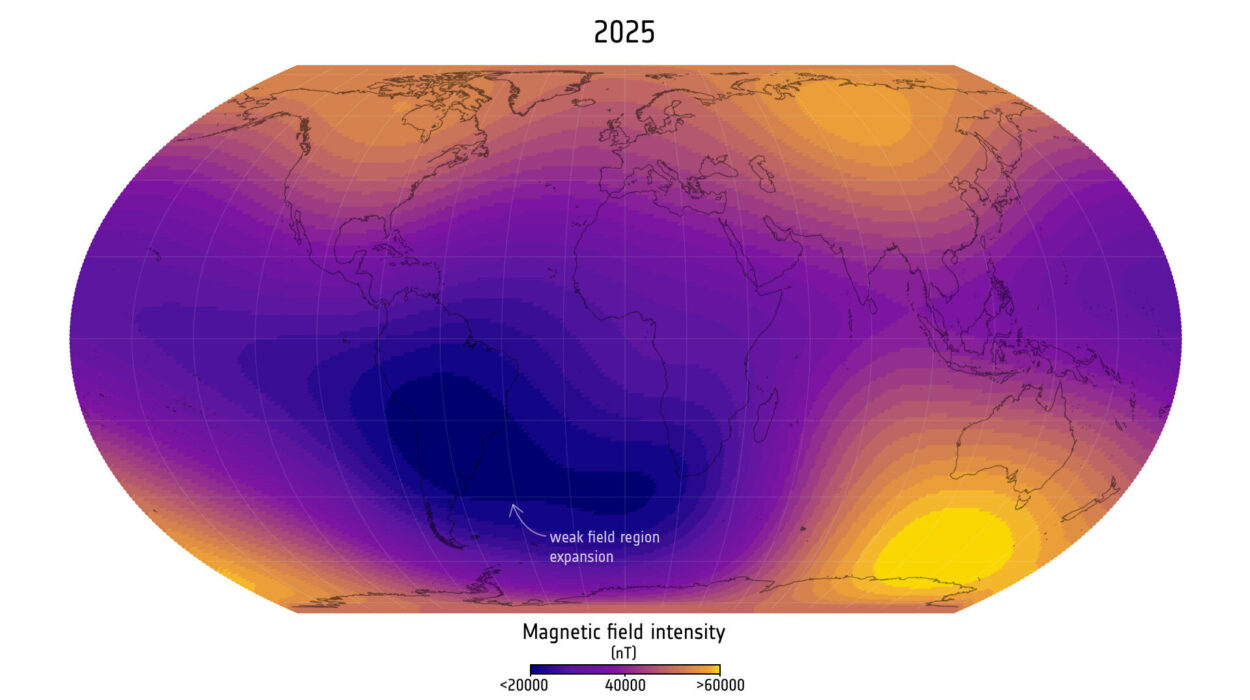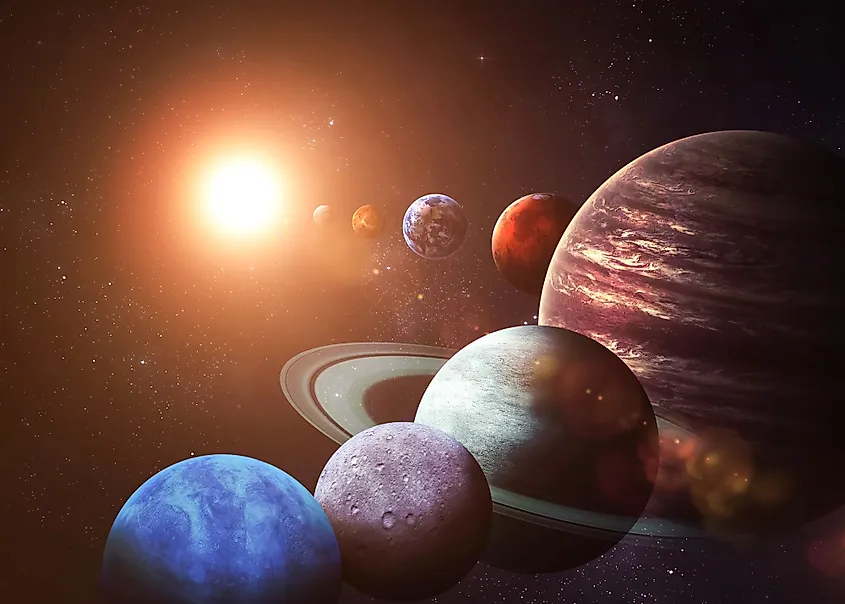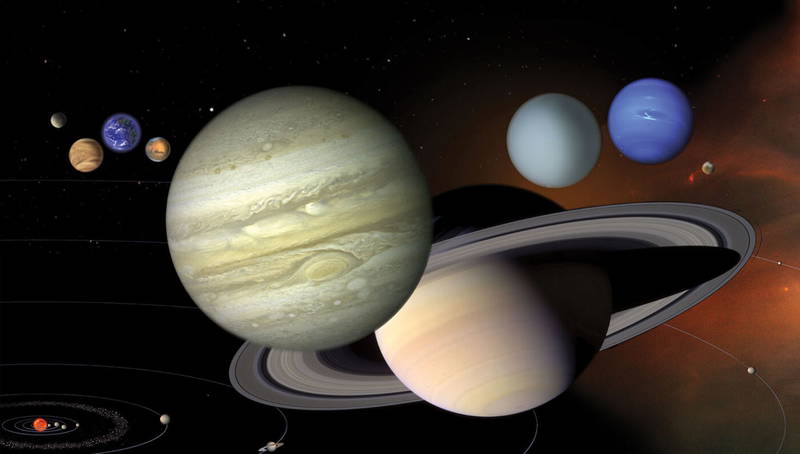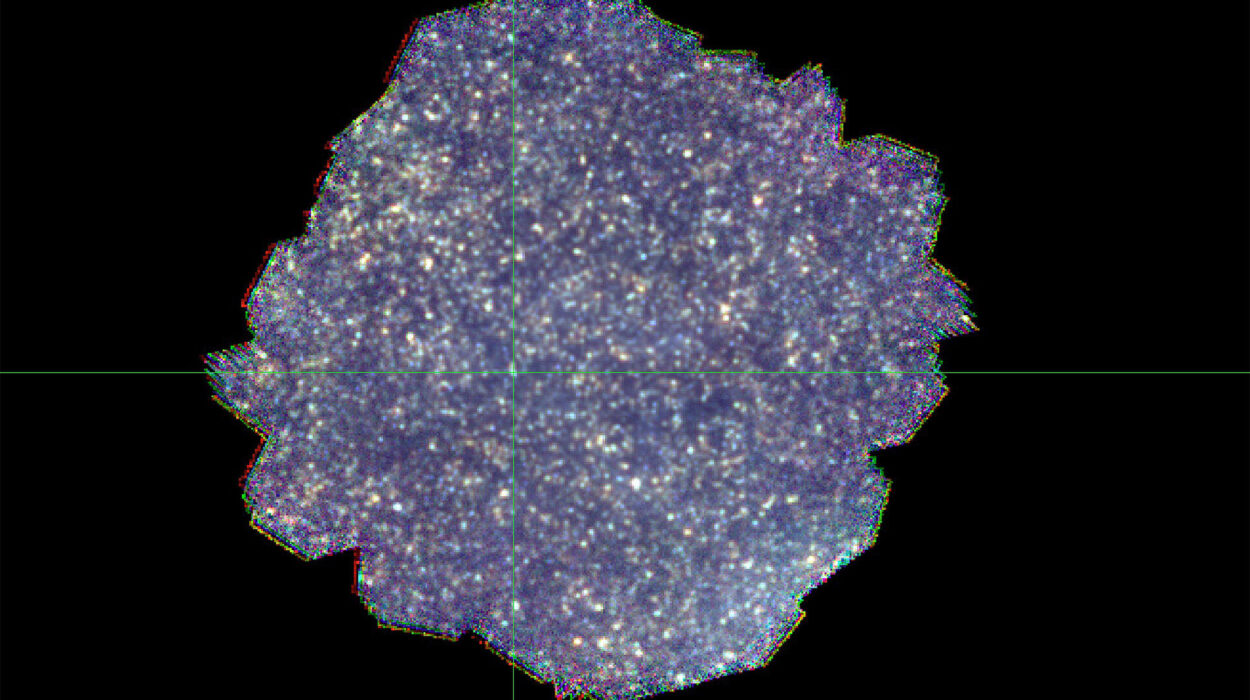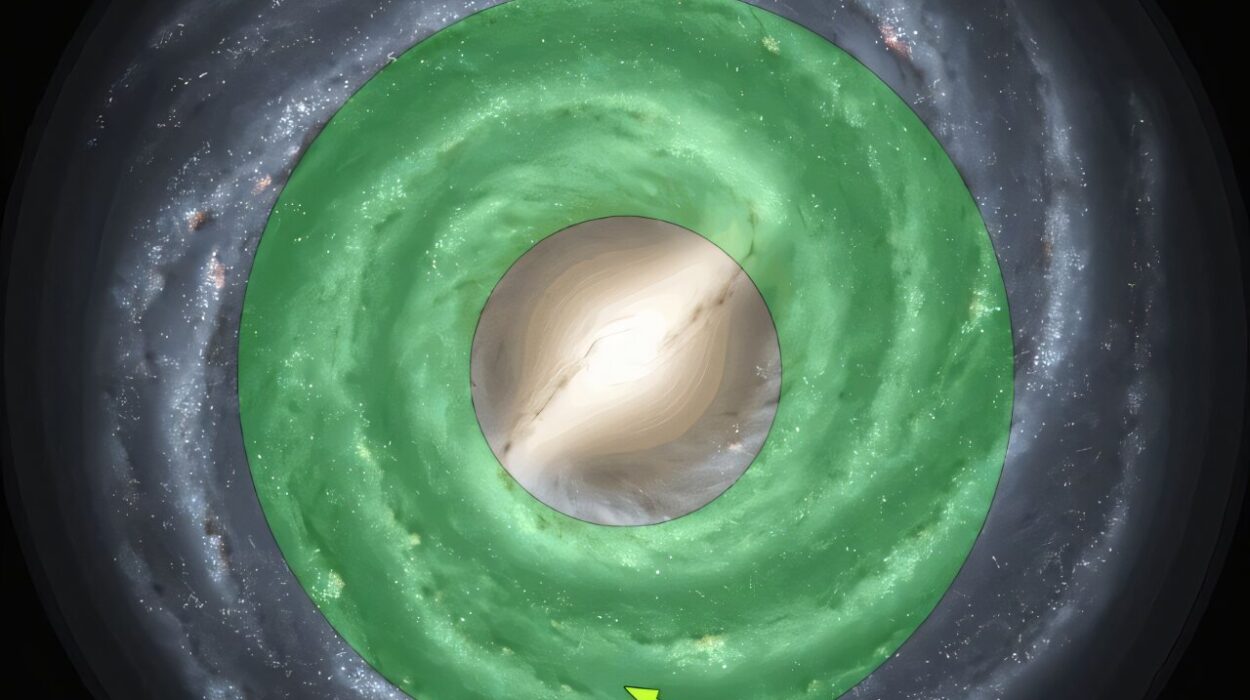Our home galaxy, the Milky Way, is far from a still and silent island of stars. For more than a century, astronomers have known that its stars revolve around the galactic center in a majestic rotation that takes the sun itself about 230 million years to complete a single orbit. The disk of the Milky Way, rather than lying flat, has long been known to be warped, like a record left too long in the sun. And in 2020, thanks to the sharp eye of the European Space Agency’s Gaia space telescope, scientists learned that the disk also wobbles, rocking gently like a child’s spinning top.
Now, another layer of motion has been revealed: a great ripple spreading across the galaxy, a wave so vast that it extends tens of thousands of light-years. This discovery, made possible by Gaia’s precise measurements of stellar positions and movements, has transformed our picture of the Milky Way from a simple spiral disk into a living, restless ocean of stars.
The Wave Across the Stars
The idea of a galaxy-scale wave may sound abstract, but Gaia’s data allows us to see it as vividly as a ripple in a pond. Thousands of stars, their positions mapped in exquisite detail, reveal a pattern: a massive oscillation sweeping across the outer disk of the galaxy. On one side, the stars rise above the warped galactic plane; on the other, they dip below it.
When viewed from above, the Milky Way looks like a graceful spiral, familiar from countless images. But when sliced through vertically—imaging the disk from the side—a hidden dynamism emerges. Red areas mark regions where stars rise high above the galactic plane, while blue areas show where they sink beneath it. These are not random fluctuations, but an organized, wave-like pattern extending over distances of 30,000 to 65,000 light-years from the galactic center.
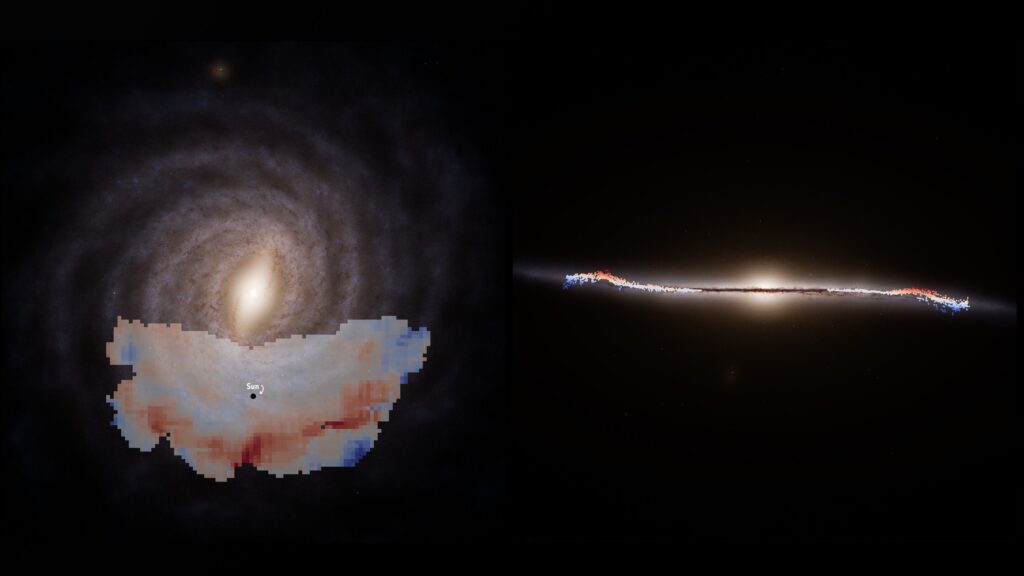
Eloisa Poggio, an astronomer at the Istituto Nazionale di Astrofisica (INAF) in Italy who led the study, explains the excitement: “The intriguing part is not only the visual appearance of the wave structure in 3D space, but also its wave-like behavior when we analyze the motions of the stars within it.”
Seeing the Galaxy in Motion
What makes Gaia unique is not only its ability to measure where stars are, but how they move. It is like having a galactic census that records not just addresses but also the speeds and directions of millions of stars. With this six-dimensional dataset—three dimensions of space and three of velocity—astronomers can construct dynamic maps of the Milky Way, like watching time-lapse photography of a vast, cosmic city.
The analogy Poggio offers brings the phenomenon closer to home: imagine a stadium wave at a football match, frozen in time. Some fans are standing, arms raised; others are mid-motion, while others are sitting back down. Viewed from afar, this frozen moment still reveals the rolling shape of the wave. In the galaxy, the standing fans correspond to stars at the crest of the wave, the seated fans to those at the trough, and the in-between fans to stars in transition. Gaia allows astronomers to measure not just the frozen snapshot but also the subtle motions—who is about to stand, who is sitting back down—capturing the flow of the wave itself.
Tracing the Wave Through Stars
To map such an immense pattern, Poggio and her colleagues turned to particular stellar markers: young giant stars and Cepheid variables. These luminous beacons are visible over great distances, and Cepheids in particular are like cosmic clocks, their rhythmic brightening and dimming allowing astronomers to measure distances with remarkable accuracy.
Because these stars are relatively young, they preserve the memory of the gas clouds in which they were born. If the interstellar gas was caught up in the wave, then the stars formed from that gas would inherit its motion. The fact that the wave can be traced through such stars suggests that this is not a localized quiver but a sweeping, large-scale feature embedded in the very fabric of the galactic disk.
A Mystery in Motion
Where does such a wave come from? That remains an open question. One possibility is that the Milky Way experienced a past collision or close encounter with a smaller galaxy, such as the Sagittarius Dwarf Galaxy, which has long been known to have grazed and disturbed the Milky Way’s outskirts. Like a stone tossed into a pond, such an encounter could have sent ripples spreading outward through the disk.
Another clue may lie in the Radcliffe Wave, a much smaller ripple of interstellar gas and young stars located only about 500 light-years from Earth and stretching 9,000 light-years across. The Radcliffe Wave, discovered in 2020, shows that our local region of the galaxy also vibrates with a wave-like structure. Whether the Radcliffe Wave and Gaia’s newly revealed great galactic wave are connected remains uncertain. They may be distinct phenomena, or different echoes of the same ancient disturbance.
A Living Galaxy
The discovery of the Milky Way’s great wave is more than a technical achievement—it is a reminder that our galaxy is alive with motion. The night sky may seem serene and eternal, but in reality, the Milky Way is a restless, dynamic system. Stars orbit, spiral arms shift, the disk bends, warps, and now ripples with waves spanning tens of thousands of light-years.
On human timescales, these motions are imperceptible. The galaxy evolves over millions and billions of years, far beyond our lifetimes. Yet Gaia, by capturing precise snapshots of stars in motion, allows us to glimpse the choreography, to sense the living pulse of our galactic home.
Awaiting the Next Chapter
As profound as this discovery is, it may be only the beginning. Gaia’s next data release, expected to include even more accurate measurements of variable stars such as Cepheids, will refine the maps and reveal the wave in greater detail. Future telescopes, perhaps working in tandem with Gaia, may uncover whether other galaxies also ripple with similar structures.
For now, the great wave is both a scientific breakthrough and a poetic vision. To imagine our Milky Way not as a flat and silent spiral but as a galaxy with rippling waves, carrying billions of stars—including our sun—on a cosmic tide, is to experience the universe with fresh wonder.
The stars above us are not simply fixed points in the sky. They are part of a vast, restless ocean of light, rolling through space and time. And thanks to Gaia, we are beginning to see those waves in all their grandeur.
More information: E. Poggio et al, The great wave, Astronomy & Astrophysics (2025). DOI: 10.1051/0004-6361/202451668
